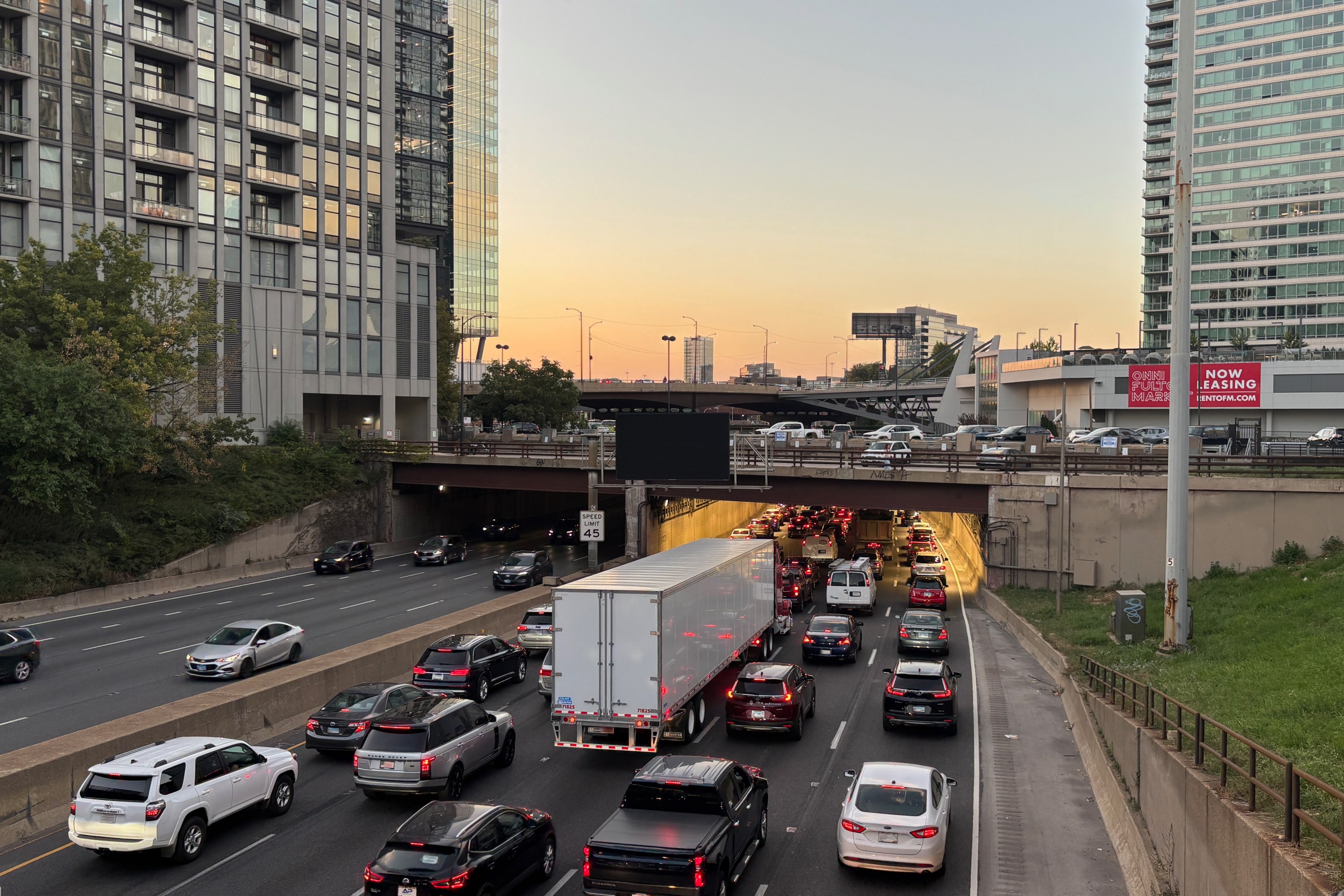 Richard Heinberg, whose latest book "The Oil Depletion Protocol" aims to help citizens and municipalities deal with the increasing likelihood of global energy supply disruptions, publishes an excellent monthly newsletter called "Muse Letter." The latest issue focuses mainly on the recent Israeli-Hezbollah conflict -- not exactly within Streetsblog's purview -- but it also contains a potentially critical piece of news about global oil supply.
Richard Heinberg, whose latest book "The Oil Depletion Protocol" aims to help citizens and municipalities deal with the increasing likelihood of global energy supply disruptions, publishes an excellent monthly newsletter called "Muse Letter." The latest issue focuses mainly on the recent Israeli-Hezbollah conflict -- not exactly within Streetsblog's purview -- but it also contains a potentially critical piece of news about global oil supply.
If it is true that Saudi oil supplies are beginning to crash, as Heinberg claims below, it is yet another major reason for New York City to begin helping its own people and people throughout the region get themselves out of automobiles and into other more efficient modes of transportation. Or, as Streetsblogger Aaron Donovan wrote last week, "We need a public relations campaign to encourage people to accept mass transit, walking and cycling first as American, and once that's done, as patriotic."
Even worse news, potentially, comes from Saudi Arabia, where oil flows have shrunk by some 400,000 barrels per day over the past few months, despite astronomic prices. No one knows for sure what is going on. The Saudis themselves say the production cuts are due to lack of demand, but this hardly seems plausible, unless the kingdom is only able to deliver unwanted heavy, sour crude to market, but even in that case, one would expect flows to increase, with a price discount factored in for resource quality.
At the same time, the Saudis are hiring just about every spare drilling rig in the world, resulting in a dramatically falling rig count in the Gulf of Mexico, a place that would otherwise be seeing an increasing count, given the fact that Mexico's giant Cantarell field is in now in steep decline, with dire implications for the nation's economy.
Matthew Simmons (Twilight in the Desert) has been insisting for the past few years that Saudi production is close to peak and that Ghawar, the world's biggest field, may be in decline. Now many others are speculating that this is the real reason for the falling production figures.
What happens next? It depends on the real condition of Ghawar. Perhaps a heroic drilling campaign could result in a temporary bloom in production, lasting perhaps three years, followed by a swift, terminal collapse. On the other hand, it is possible that the field has been so thoroughly exploited already that we are seeing the irreversible, rapid decline. At the ASPO conference a well-connected industry insider who wishes not to be directly quoted told me that his own sources inside Saudi Arabia insist that production from Ghawar is now down to less than three million barrels per day, and that the Saudis are maintaining total production at only slowly dwindling levels by producing other fields at maximum rates. This, if true, would be a bombshell: most estimates give production from Ghawar at 5.5 Mb/d.





